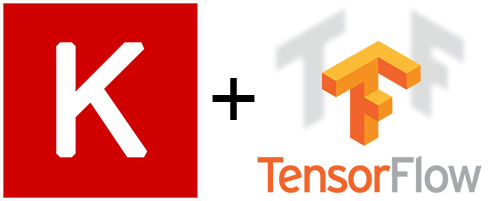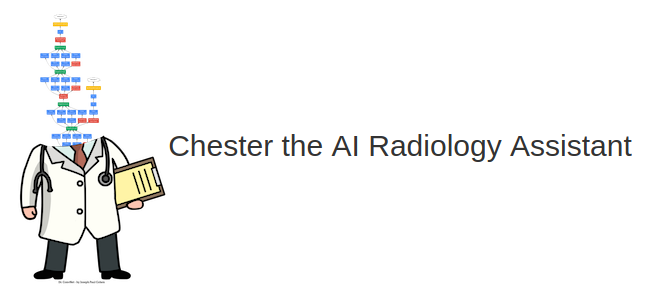Featured image is from analyticsvidhya.com Update (June 19, 2019): Recently, I revisit this case and found out the latest version of Keras==2.2.4 and tensorflow-gpu==1.13.1 make customizing VGG16 easier. For example, we can use pre-trained VGG16 to fit CIFAR-10 (32×32) dataset just like this: X, y = load_cfar10_batch(dir_path, 1) base_model = VGG16(include_top=False, weights=vgg16_weights, input_shape=(32, 32, 3))… Read More
Tag: deeplearning
Summary of “Chester: A Web Delivered Locally Computed Chest X-Ray Disease Prediction System” (2019)
Abstract Deep learning has shown promise to augment radiologists and improve the standard of care globally. Two main issues that complicate deploying these systems are patient privacy and scaling to the global population. To deploy a system at scale with minimal computational cost while preserving privacy we present a web delivered (but locally run) system… Read More
Keras VGG16 flat-features extractor
Using pre-trained deep learning model as feature extractor is a proven way to improve classification accuracy. One of the famous model is Oxford’s VGG16, which is trained using million images to recognize 1,000 classes ranging from animals, vehicles and other stuffs. Now, to use VGG16 as part of another neural network is relatively easy, especially… Read More
Understanding LeNet (LeCun, 1998)
As an attempt to understand Convolutional Neural Network (CNN/ConvNet) better, I was suggested to read the section about LeNet5 in the original paper and figure out where every numbers come from ? Input layer The input of this neural network is an image of size 32*32 pixels where each pixels are represented by an input… Read More
Restricted Boltzmann Machine with DeepLearnToolbox
In attempt to learn about deep learning’s fundamentals (and to fulfill a course assignment too), I tried to write a simple Restricted Boltzmann Machine (RBM) in GNU Octave by extracting Deep Belief Network (DBN) code example of DeepLearnToolbox. In case you are wondering, RBM is a machine learning algorithm that is promoted by Geoffrey Hinton… Read More

